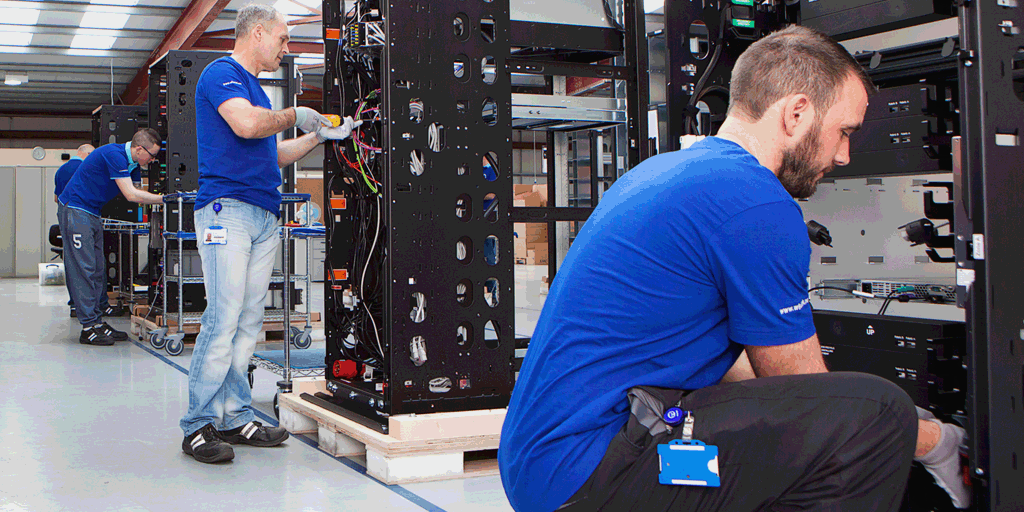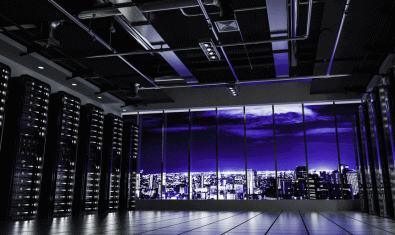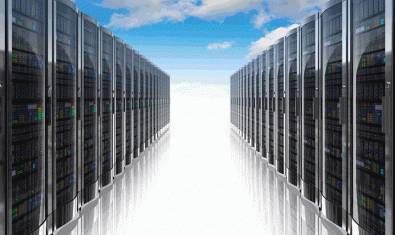Key Considerations when Decommissioning a Data Centre

A rapidly changing data centre market has led to a boom in decommissioning small and medium-sized data centres.
If you want to understand how far technology has changed in recent years, look no further than your local data centre – that’s if you still have a local data centre.
Once upon a time, the idea that a company would have its own, or colocate, within an existing centre was commonplace. Companies liked to have their own racks and servers, and be able to govern and administer the required security. It was seen as an important IT outlay and an expensive one too.
But thanks to the dominance of the cloud, smaller companies are moving away from hosting their own data. Instead, they are happy to sign up to a cloud provider, enjoying all the benefits which go with such a decision.
According to Gartner Research, by 2025 80% of enterprises will have to shut down their data center, which adds up to an awful lot of decommissioned IT assets. If you are tasked with the job of decommissioning your data center, there are a number of considerations which you should be aware of.
Hire an experienced IT Asset Disposition (ITAD) provider
It’s a common mistake for IT managers tasked with decommissioning a data center to think that it’s just like disposing of regular IT assets, only larger in scale. This ‘all servers are the same’ mentality can leave your company dangerously exposed.
Yes, on one hand, the difference is only one of scale. But on the other hand, that’s why it’s so important to hire an experienced ITAD provider.
For example, if there are thousands of hard drives to destroy, and it’s a security requirement to destroy them on-site, then this will require a lot of people and equipment in order to decommission such items.
If certain IT assets can be moved off-site to be destroyed, then your ITAD provider must have the manpower and ability to move large numbers off-site too.
Audit / real-time reporting
As part of the ITAD process, a physical audit of all the assets to be decommissioned needs to be performed. This audit is a vital part of the decommissioning process for two reasons.
Firstly, a physical audit will detail the exact inventory of your data center, and the condition of your equipment, too. This audit will help you decide on the method of decommissioning i.e. if you plan to reuse parts, re-sell parts or destroy your IT assets.
Secondly, the audit will be used to furnish you with real-time progress reports of the decommissioning process. Ideally, this should be viewed through a custom-made portal which you can access online.
Another advantage of hiring a specialized ITAD provider will be their knowledge of ‘new’ supply equivalents within the global re-sell market. Due to the size of your average data center, if you are not getting a proper price for your old equipment, you stand to lose a substantial amount of money.
Data destruction
Another factor which sets data centers apart from regular ITAD jobs is the amount of data which needs to be destroyed. Failure to destroy data may leave your company open to a data breach which can not only be costly but damaging to your company’s reputation.
In 2016, the Commonwealth Bank of Australia hired a subcontractor to destroy backup tapes while decommissioning a data center, however, no receipts of the tapes’ destruction were provided. When the bank went looking for the tapes they couldn’t find them, along with 12 million customers’ data. With this in mind, you must be provided with evidence of all your assets destruction.
From an environmental perspective, you must be sure that the assets are being disposed in line with best environmental practice such as the EU’s WEEE Directive for the disposal of electronic waste.
And lastly, from an ethical standpoint, it’s important that your e-waste does not end up dumped in Africa where it can cause environmental damage, and physical harm to underage workers hired to destroy the equipment. IT assets when dumped may leach lead, mercury, and cadmium into the environment. And when they are burned, it may release carcinogenic fumes.
Health and safety
Most likely, if you are decommissioning a data center in full, you will also be planning something else with the building. For example, you may have to reconfigure the space or restore it to its previous condition.
If so, you must sequence the IT decommissioning element of the works carefully, and have a realistic timeline in place. Will it be safe to have other workmen on-site while the decommissioning is taking place, both from an IT security level, and a safety perspective?
Considerations like these will have a knock-on effect on timescales, and the bottom line. However, if you try to have too many different workers on-site at the same time, you may run a number of security and health and safety risks.
Also, your ITAD provider will require suitable power and space to operate their equipment which may be compromised if other workers are allowed on-site to re-work the building. Therefore, it is important to work with a provider which understands the health and safety elements of such a job.
In summary, decommissioning a data center is a relatively new process which requires a unique set of skills, experience, manpower, and scalability. Failure to hire such an ITAD provider will seriously expose your company from a regulatory perspective.
However, by hiring an experience ITAD provider with a proven track record, you will mitigate the risks and your transition from private servers to a cloud provider will run smoothly.
Most importantly, your old data center will rest in peace and will not come back to haunt you.



